BMW presents 330e hybrid with increased performance
BMW is adding a plug-in hybrid drive to its engine portfolio for the 3 Series Sedan. The global market launch of the 330e Sedan is now beginning, with the estate version to follow in summer 2020.
Compared to its predecessor, the new 12.0 kWh battery is expected to increase the electric range by more than 50 per cent – BMW mentions a value between 59 and 66 kilometers depending on the equipment. In contrast to the latest premieres of the 530e and the 225xe Active Tourer, the 330e’s range and fuel consumption values are now determined in the WLTP but calculated back to the NEDC. For the other two vehicles, the WLTP values were also mentioned as an alternative, which is no longer the case.
The consumption data calculated back to the NEDC: In the standard it is between 1.6 and 1.9 litres per 100 kilometres, the electricity consumption is given as 14.8 to 15.4 kWh per 100 kilometres. However, subsidies such as the reduced company car tax are not based on the NEDC values. Even if BMW does not specify the WLTP values, the car should meet the requirements for this, according to the manufacturer.
The drive is largely the same as in the larger 530e, where the 12 kWh battery is now also installed. The 2.0-litre petrol engine has an output of 135 kW, while the electric motor integrated in the eight-speed automatic transmission housing has an output of 83 kW. The system output adds up to 185 kW, the maximum system torque is 420 Newton metres. In hybrid mode (called “AUTO eDRIVE” by BMW), a maximum speed of 110 km/h is possible in electric mode, while in “MAX eDRIVE” both variants can travel at speeds of up to 140 km/h. The system’s maximum torque is 420 Nm.
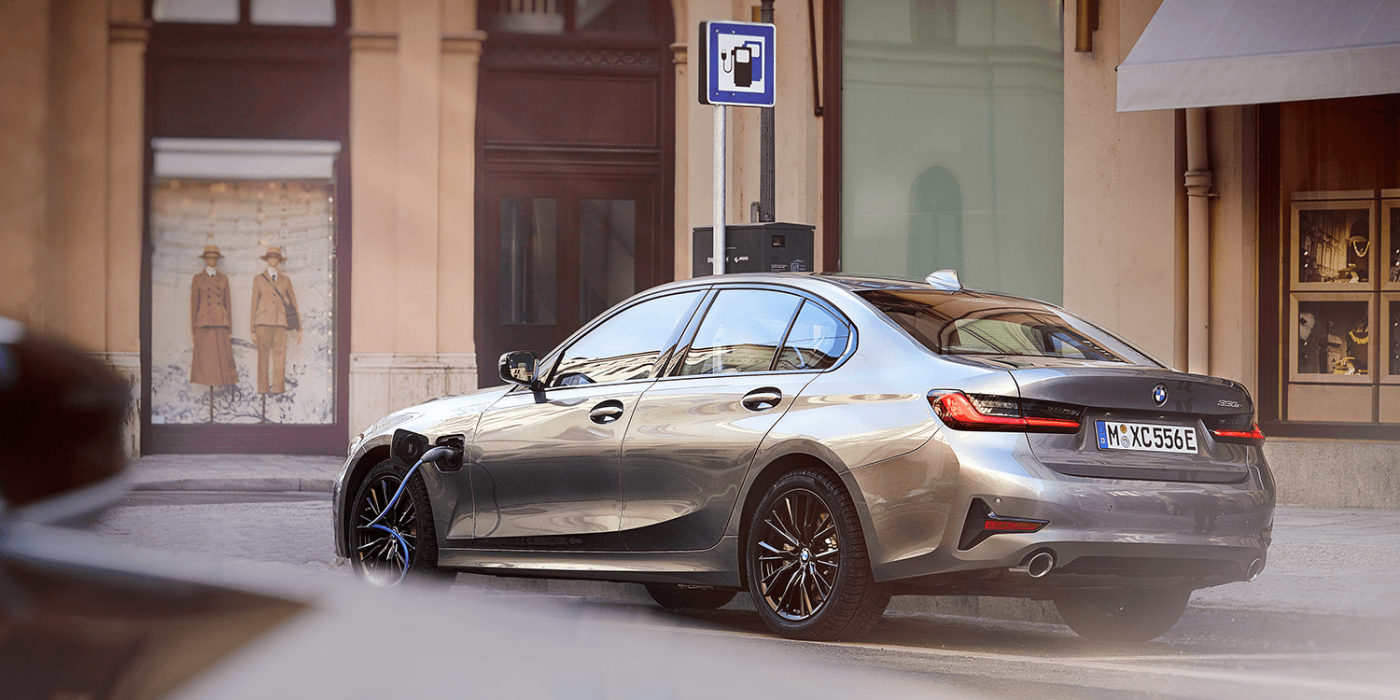
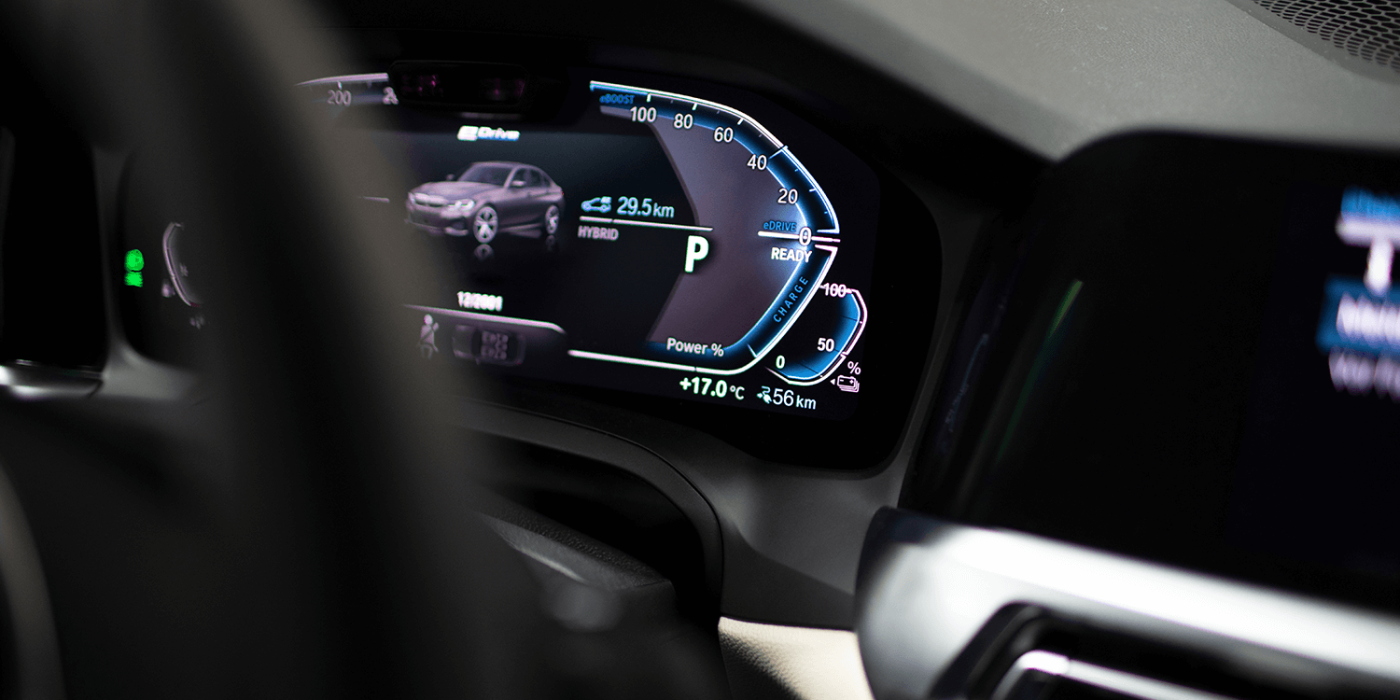
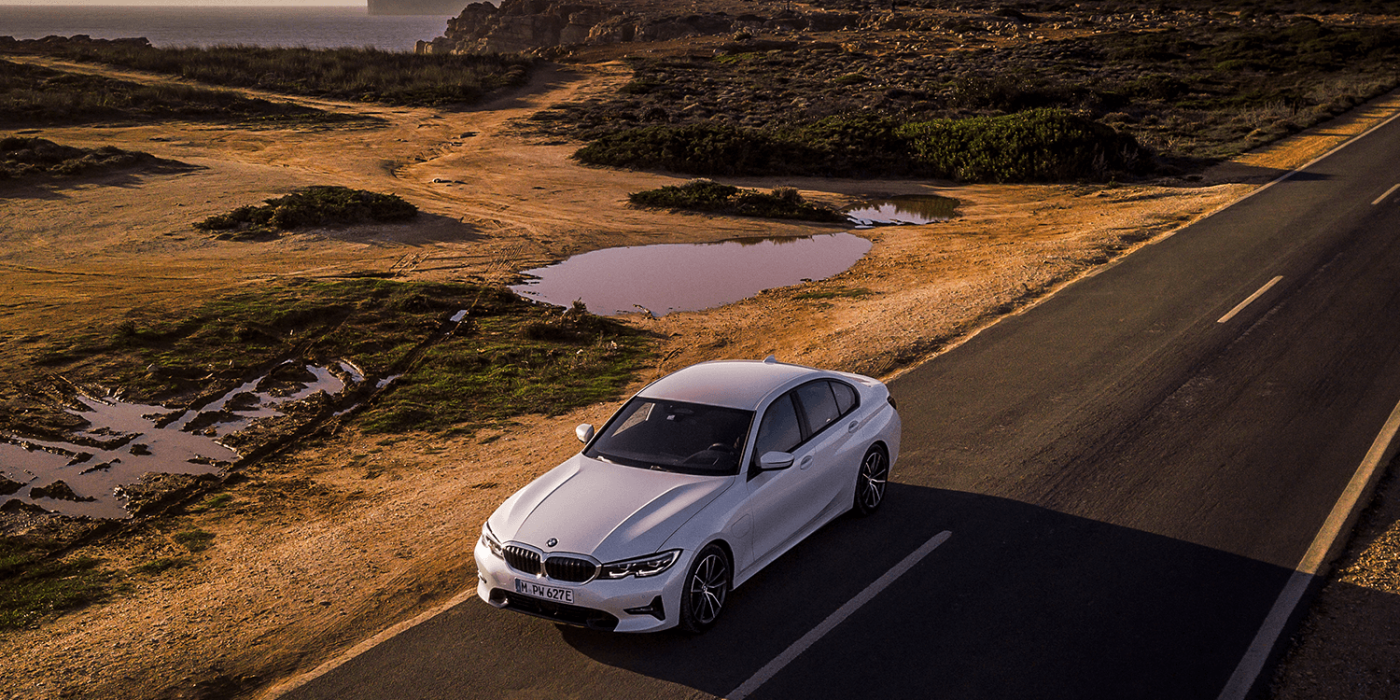
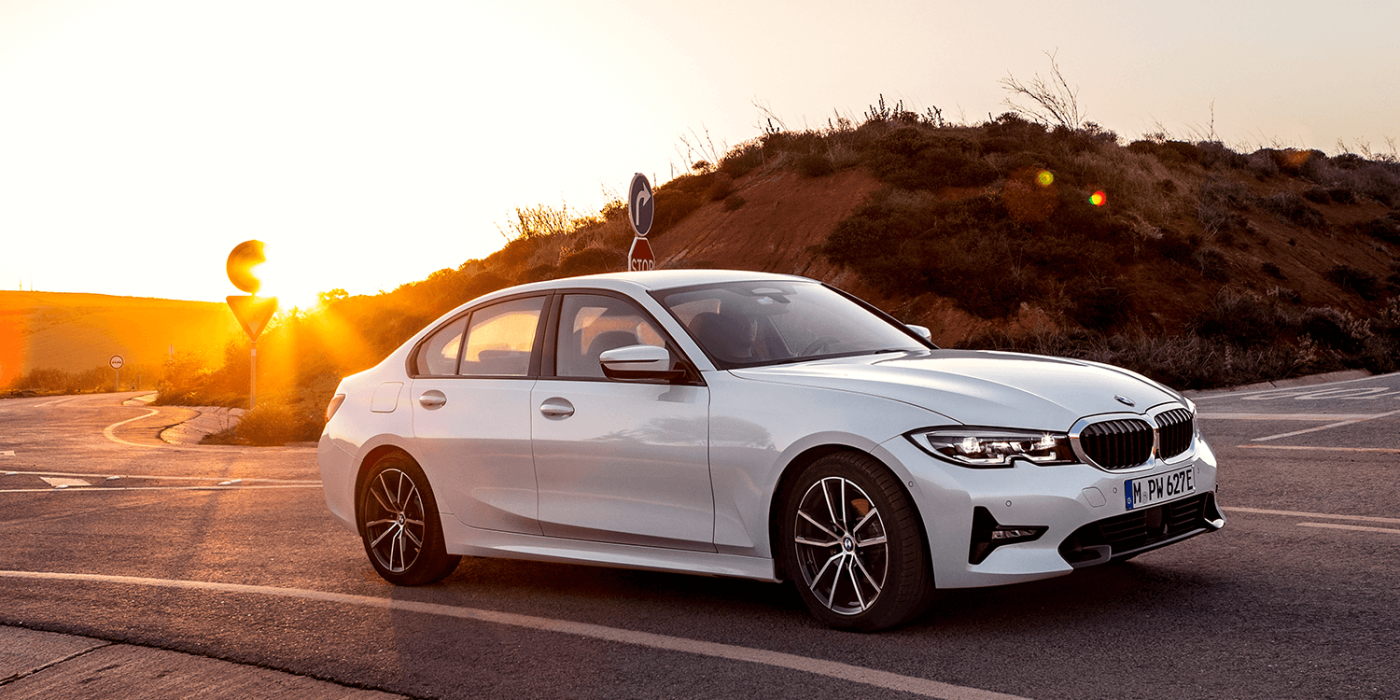
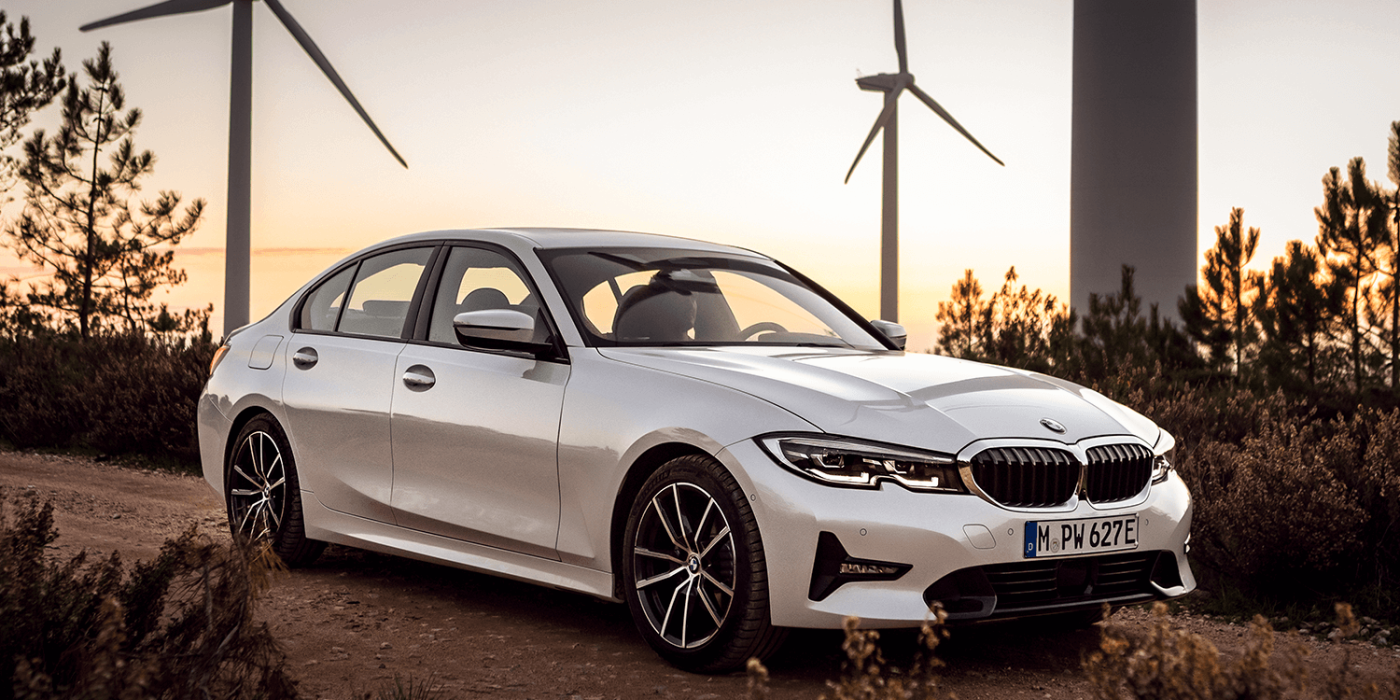
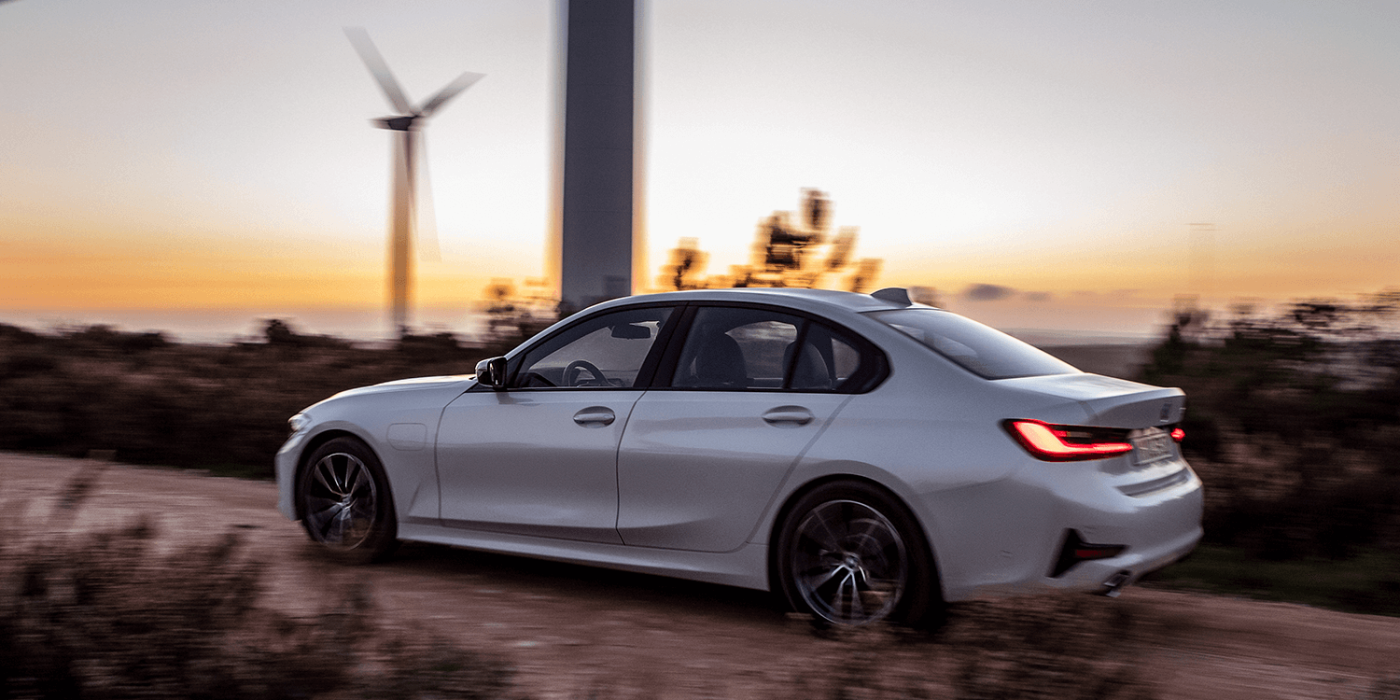
The 330e stands out from its PHEV sibling thanks to an innovation: the XtraBoost. This is BMW’s name for a new function that increases system performance by 30 kW to 215 kW for up to ten seconds. “The instant-impact XtraBoost delivers a significantly more intense experience of acceleration than a conventionally powered vehicle with comparable output could offer,” says BMW, describing the function.
BMW does not explicitly state the charging time in the communication; because of the high similarity to the 530e, we assume comparable charging times. For the 530e, charging was set up as follows: at the standard household charging takes up to six hours, while a type 2 cable at a public charging station or a wall box in the garage at home gave BMW a charging time of 3:35 hours for the 5 Series PHEV.
Also new with the 330e are some digital services related to charging: If the driver selects a public charging station in the navigation system, the system recommends nearby hotels, restaurants, cafés or cultural facilities. In addition, the infotainment system should provide a forecast of the occupancy status of the charging station and, in case of doubt, also indicate if the charging station was occupied for the driver’s own arrival. Interesting feature: In the future, charging stations should also be able to be reserved for a limited period of time if the respective provider supports this feature. However, BMW does not yet provide a list of providers.
From November 2019, a trailer coupling with an electrically swivelling ball head will also be available for the 330e. The permissible trailer load for the plug-in hybrid model is 750 kilograms.
The base price for the 330e Sedan is 51,550 euros, according to BMW.


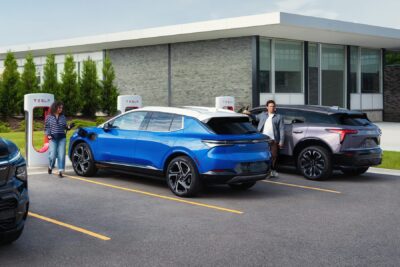
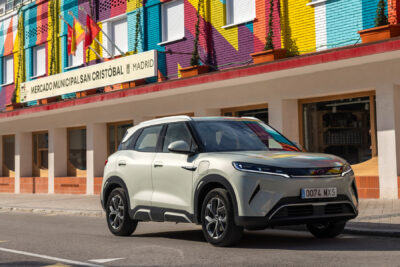
0 Comments